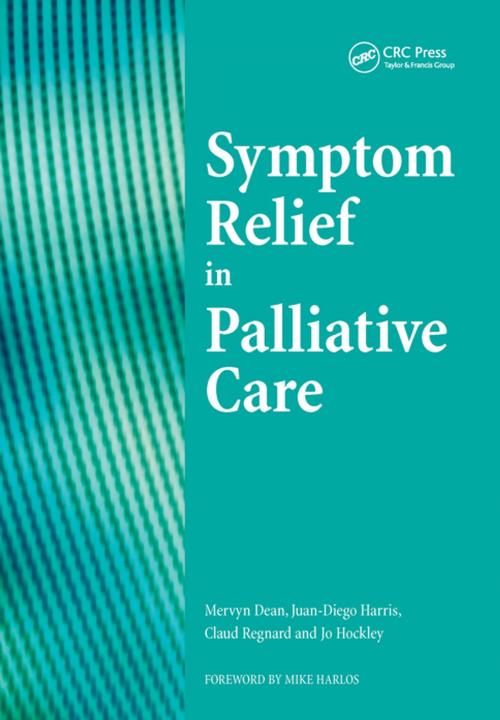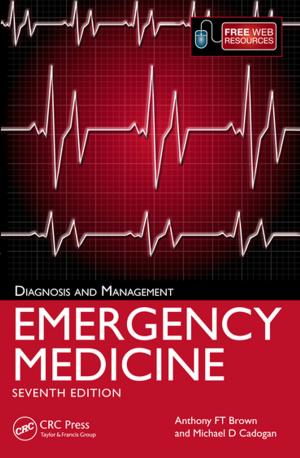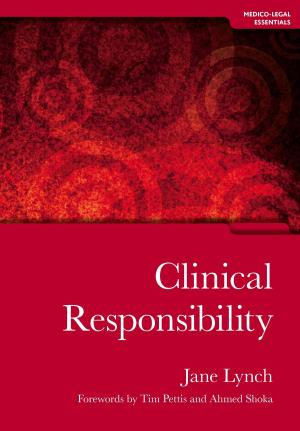| Author: | Michael Levi | ISBN: | 9781315345420 |
| Publisher: | CRC Press | Publication: | April 19, 2018 |
| Imprint: | CRC Press | Language: | English |
| Author: | Michael Levi |
| ISBN: | 9781315345420 |
| Publisher: | CRC Press |
| Publication: | April 19, 2018 |
| Imprint: | CRC Press |
| Language: | English |
This is an updated guide to the range of drugs commonly unused in the treatment of psychiatric disorders. There have been many significant changes in drug treatment over the last few years, and "Basic Notes in Psychopharmacology" provides an overview of both new and old drugs, their mode of action, indications and adverse effects. The four sections of the book deal with hypnotic and anxiolytic drugs, antipsychotic drugs, antidepressant drugs and mood stabilizers. The book should be a useful guide for all those involved in the use of drugs in psychiatry. In particular, junior doctors, general practitioners and medical students should find it valuable as an introduction to this complex and rapidly changing area as well as a useful revision aid for examinations. However, psychiatric nurses, psychiatric social workers and psychiatric occupational therapists and clinical psychologists should also find the book an asset.
This is an updated guide to the range of drugs commonly unused in the treatment of psychiatric disorders. There have been many significant changes in drug treatment over the last few years, and "Basic Notes in Psychopharmacology" provides an overview of both new and old drugs, their mode of action, indications and adverse effects. The four sections of the book deal with hypnotic and anxiolytic drugs, antipsychotic drugs, antidepressant drugs and mood stabilizers. The book should be a useful guide for all those involved in the use of drugs in psychiatry. In particular, junior doctors, general practitioners and medical students should find it valuable as an introduction to this complex and rapidly changing area as well as a useful revision aid for examinations. However, psychiatric nurses, psychiatric social workers and psychiatric occupational therapists and clinical psychologists should also find the book an asset.















